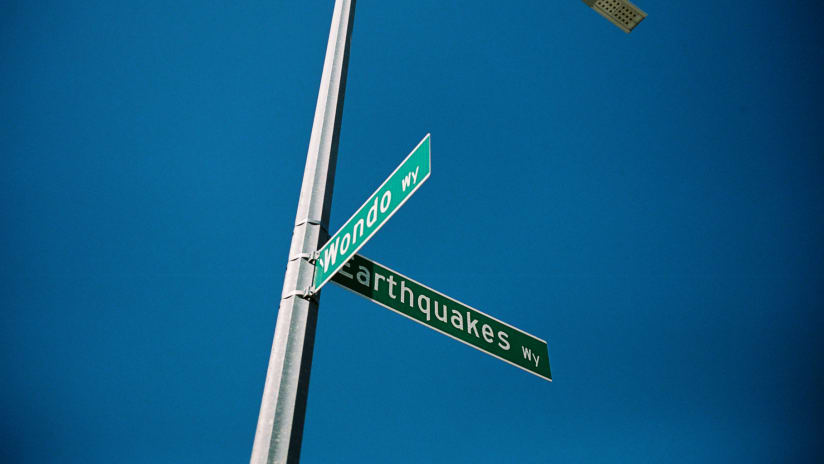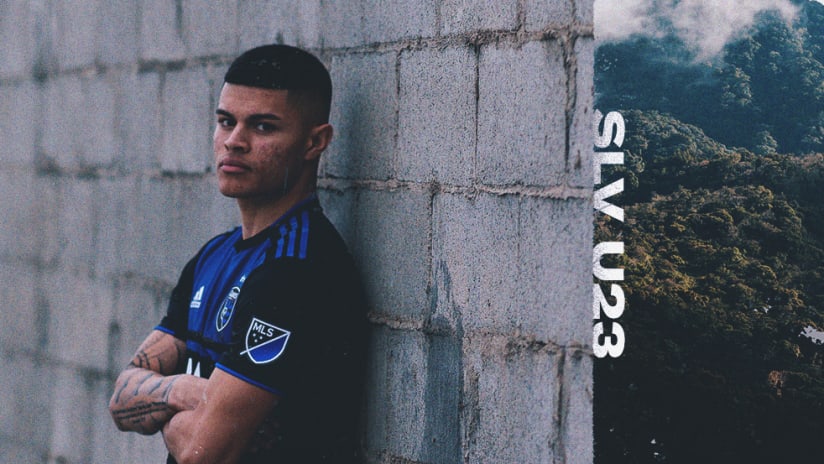If you’ve ever wondered how and why Major League Soccer survived its difficult early years to reach its current era of hale health and steady growth – about the old world today’s new MLS was built atop – MLS Cup 2003 is a pretty good place to start.
Still the highest-scoring MLS Cup in league history, the run-and-gun clash between the Chicago Fire and San Jose Earthquakes was a prime example of the best of so-called MLS 1.0, an oft-maligned formative period that was more fun than it gets credit for these days. Two confident, experienced sides faced off in dueling 4-4-2s and basically let rip, trading haymakers with a refreshing dearth of caginess or caution, as evinced by Ronnie Ekelund’s opener just five minutes in.
The showdown featured DaMarcus Beasley and Landon Donovan at the top of the marquee, young stars on the rapid rise in the wake of their breakout performances during the previous year’s World Cup in Japan/Korea.
Both would deliver in this big moment, too, scoring three of the game’s six goals and leaving viewers enthused about the future of American soccer. They were two of several US men’s national teamers involved, including Jeff Agoos, Chris Armas and Carlos Bocanegra; the final would be the last game in Fire red for Boca, who was sold to Fulham FC a few months later. Run DMB soon followed suit with a multi-million-dollar move to PSV Eindhoven.
But they were only part of the story. This was not a high-grade slugfest by accident. These were the two best teams in the league that year by some margin, with the Fire finishing tops in the East and winning the Supporters’ Shield by two points over the best-in-West Quakes. Both relied on sturdy, proven rosters, the cores of which remained from championship runs in 1998 and 2001, respectively.
And both squads were packed with longtime MLS soldiers, names who helped build the league from its shaky startup days and continue to work in and around the league today.
Chicago's starting XI featured the current head coaches of the Philadelphia Union (Jim Curtin) and New York Red Bulls (Armas), Atlanta United’s technical director and VP (Bocanegra), D.C. United and LAFC assistant coaches (Zach Thornton and Ante Razov), Real Salt Lake’s head scout (Andy “Bommadog” Williams), a notable player agent (Damani Ralph) and the most prominent US coach working abroad at present (Jesse Marsch). Current RBNY assistant CJ Brown was among the Fire substitutes.
The Quakes, too, had a litany of future coaches and executives, like Agoos, Pat Onstad, Craig Waibel, Eddie Robinson, Manny Lagos and Todd Dunivant. Viewers north of the border will note the influence of their Canadian contingent as well: Onstad made a crucial, game-changing play in the second half (I’ll spare you a spoiler here) and Dwayne De Rosario – still growing into the dominant attacker who would become a six-time MLS Best XI honoree – added to his burgeoning reputation with an impact display off the bench.
Even the future MLS phenomenon of Cascadia was represented here, in the form of Roger Levesque and Nate Jaqua, Seattle Sounders cult heroes-to-be who were at this point young reserve strikers.
And the venue itself was an icon in the making. The Carson, California, stadium we now know as Dignity Health Sports Park had just opened a few months prior, not the league’s first soccer-first venue (that’s MAPFRE Stadium in Columbus) but its first true “cathedral,” a shaded, thoughtfully-built jewel surrounded by training fields. The 2003 edition was the first of six MLS Cup finals it has hosted to date, more than any other site.
So give this one a watch. It’s a time capsule whose legacy still lives and breathes today.



